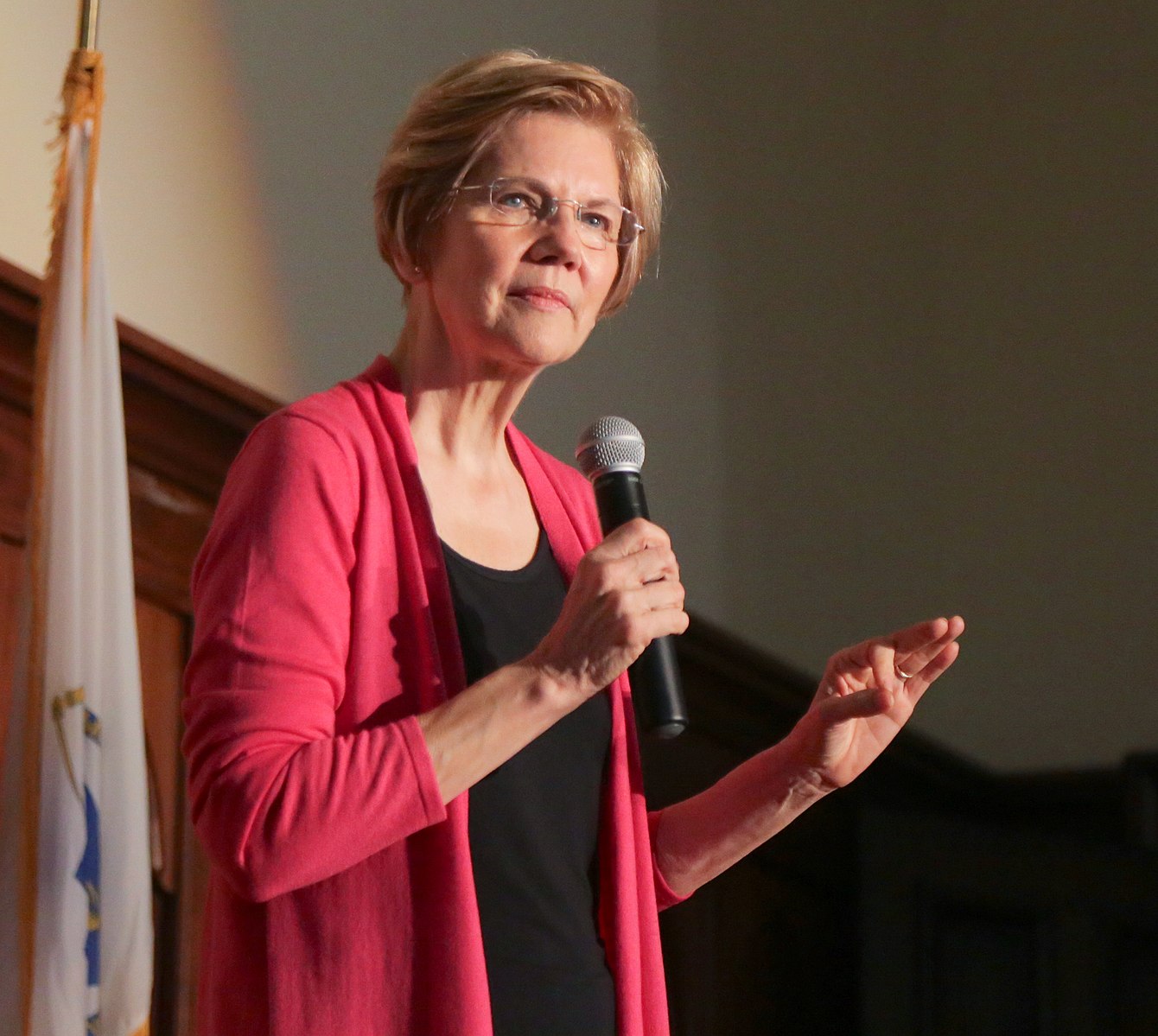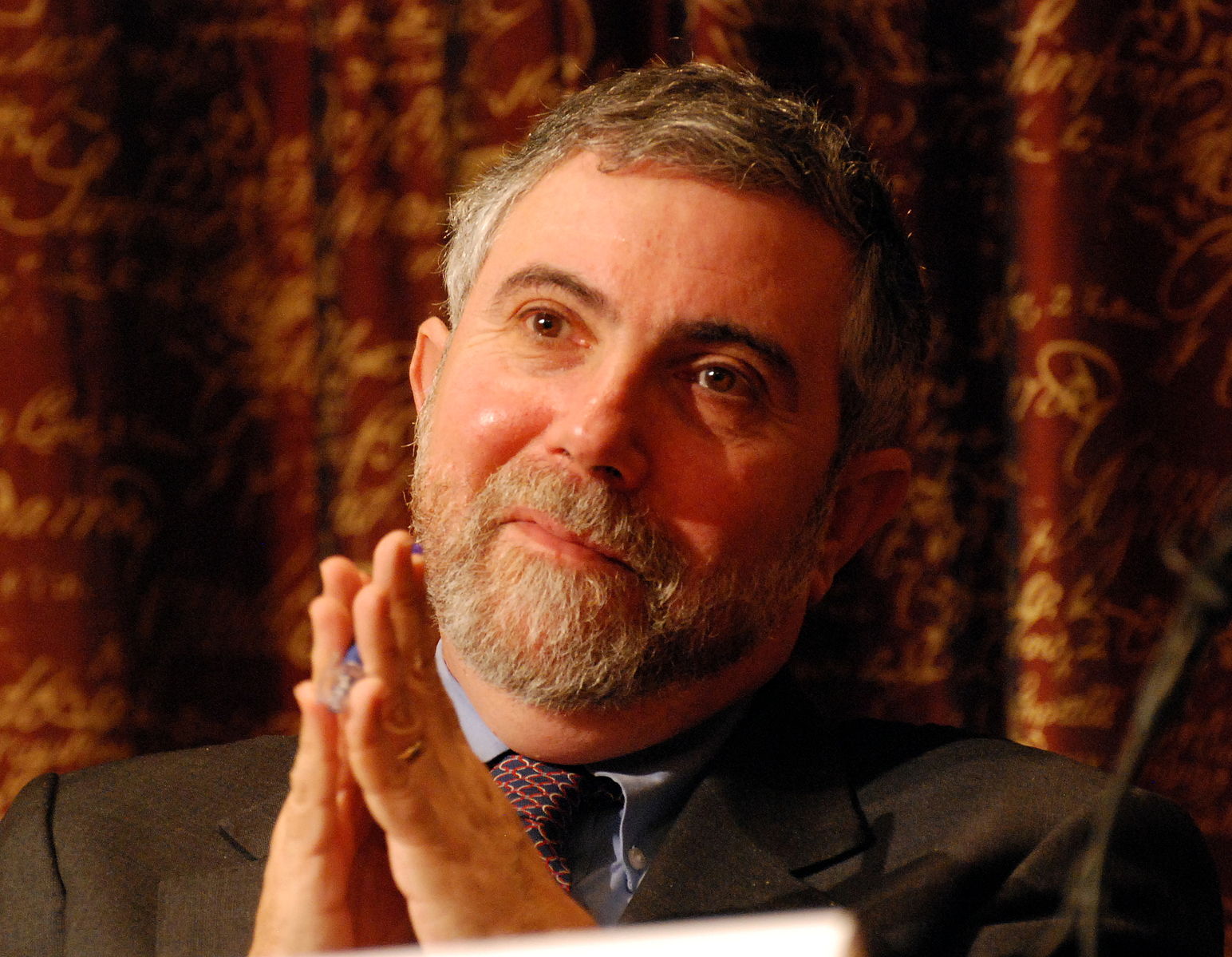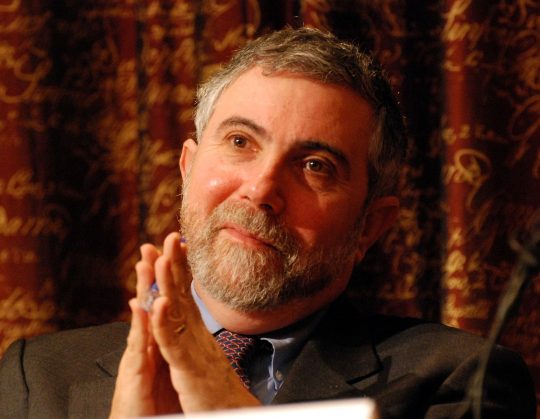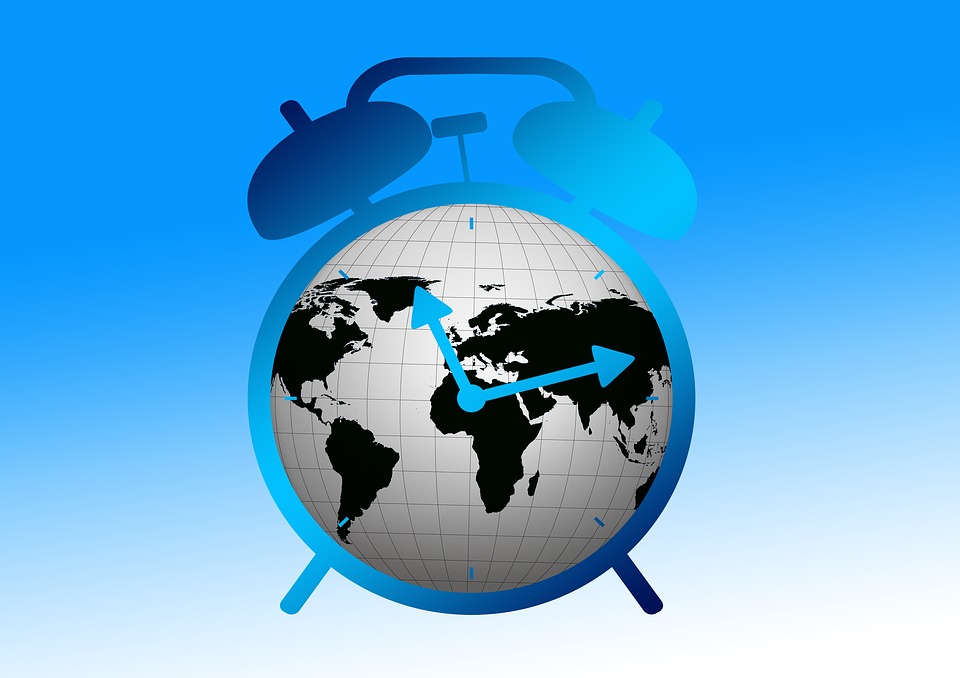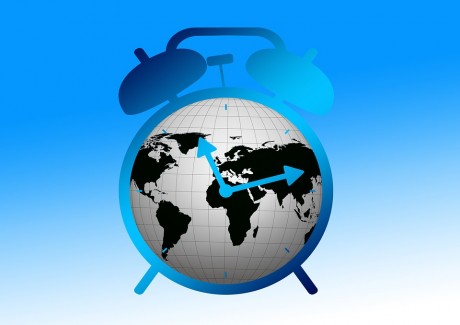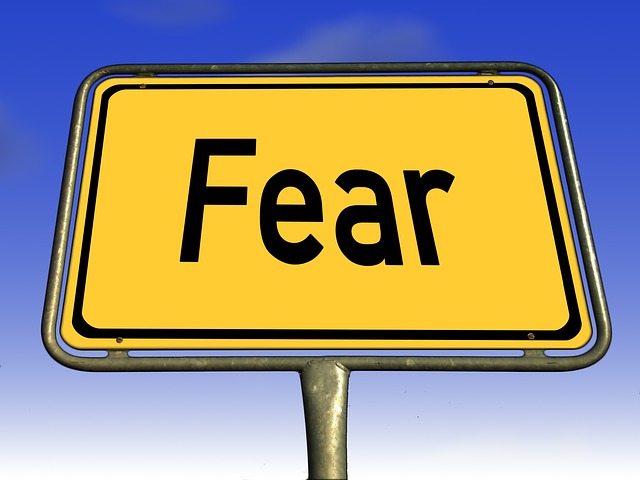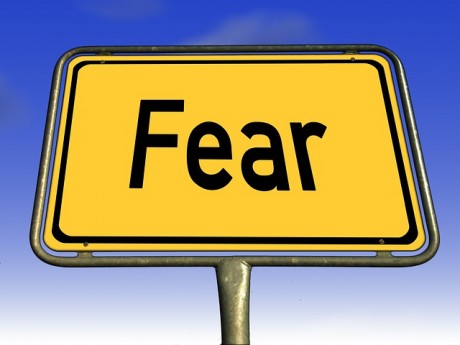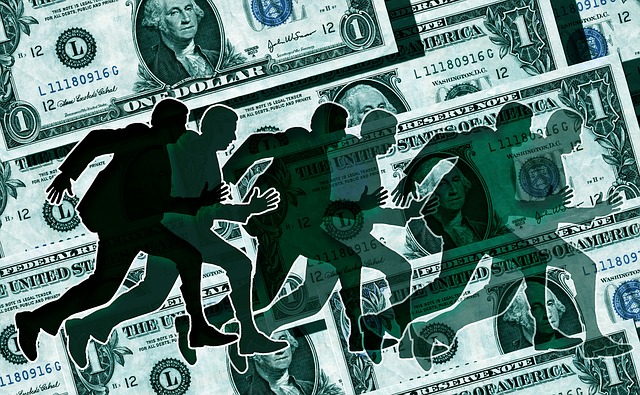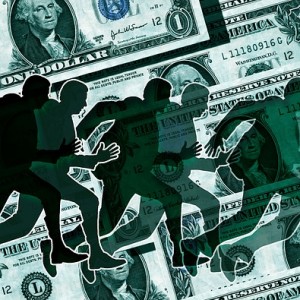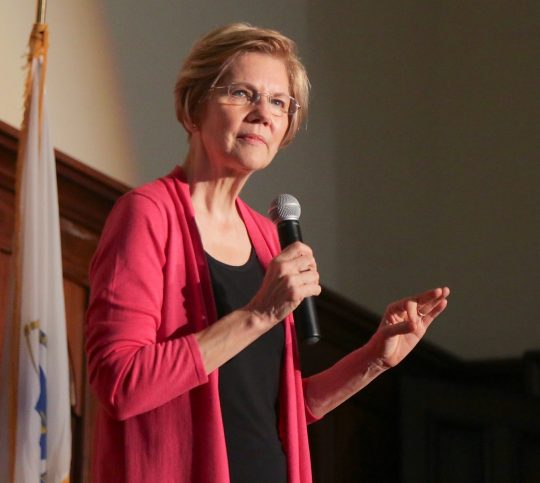 Democratic presidential candidate Elizabeth Warren is sounding the alarm. In an opinion piece that she put out on Monday, she boldly warned that an “economic crash” is coming. Actually, much of her article sounds like it could have come directly from the pages of the Economic Collapse Blog, and her analysis of the current state of the U.S. economy was right on the money. Of course her proposed “solutions” are completely and totally nuts, and we will discuss that later in the article. But it is quite remarkable that a woman that has a really, really good chance of becoming the next president of the United States is saying so many of the exact same things that I have been saying. For example, just consider this paragraph…
Democratic presidential candidate Elizabeth Warren is sounding the alarm. In an opinion piece that she put out on Monday, she boldly warned that an “economic crash” is coming. Actually, much of her article sounds like it could have come directly from the pages of the Economic Collapse Blog, and her analysis of the current state of the U.S. economy was right on the money. Of course her proposed “solutions” are completely and totally nuts, and we will discuss that later in the article. But it is quite remarkable that a woman that has a really, really good chance of becoming the next president of the United States is saying so many of the exact same things that I have been saying. For example, just consider this paragraph…
When I look at the economy today, I see a lot to worry about again. I see a manufacturing sector in recession. I see a precarious economy that is built on debt — both household debt and corporate debt — and that is vulnerable to shocks. And I see a number of serious shocks on the horizon that could cause our economy’s shaky foundation to crumble.
Everything that she said there is true. The manufacturing sector is definitely slowing down, and without a doubt U.S. households are drowning in debt.
In another paragraph, Warren elaborated on the unprecedented debt problems that U.S. families are currently facing…
A generation of stagnant wages and rising costs for basics like housing, child care, and education have forced American families to take on more debt than ever before. The student debt load has “more than doubled since the financial crisis.” American credit card debt matches its 2008 peak. Auto loan debt is the highest it has ever been since we started tracking it nearly 20 years ago, and a record 7 million Americans are behind on their auto loans — many of which have similar abusive characteristics as pre-crash subprime mortgages. 71 million American adults — more than 30% of the adults in the country — already have debts in collection. Families may be able to afford these debt payments now, but an increase in interest rates or a slowdown in income could plunge families over a cliff.
That is a fantastic paragraph, and once again everything that she said there is completely accurate.
Today, 59 percent of Americans are living paycheck to paycheck, and even a mild recession would be absolutely disastrous for tens of millions of American families. During the coming recession we are likely to see debt defaults go through the roof, and Warren has correctly identified how vulnerable we are right now.
And she also accurately detailed the problems that the U.S. manufacturing sector is facing…
Despite Trump’s promises of a manufacturing “renaissance,” the country is now in a manufacturing recession. The Federal Reserve just reported that the manufacturing sector had a second straight quarter of decline, falling below Wall Street’s expectations. And for the first time ever, the average hourly wage for manufacturing workers has dropped below the national average.
Of course it isn’t just U.S. manufacturing that is struggling right now. We haven’t seen global manufacturing numbers this bad since the last financial crisis, and this is something that I detailed in a previous article.
In addition, it appears that we are about to get confirmation that we have now entered an “earnings recession”. The following comes from USA Today…
Yet with second-quarter earnings season underway, analysts are nervously waiting to see if the final results will deliver a second straight quarterly drop in corporate profits. Those surveyed by FactSet reckon the earnings of S&P 500 companies declined 1.9% in the April-June period from a year earlier. That’s based on a blend of their pre-earnings season estimate and actual results of the 16% of companies reporting so far.
Why the concern over back-to-back declines?
Two consecutive quarterly decreases would represent an earnings recession, which typically – but not always – foreshadows an economic recession within a year or two. Companies whose profits are squeezed tend to pull back hiring and investment.
Clearly we are facing some very serious economic challenges.
So what does Warren want to do to fix things?
Well, apparently she believes that everything will be just fine if we raise the minimum wage, spend a lot more money, and give away lots of free stuff…
We can raise incomes by increasing the minimum wage to $15 an hour, strengthening unions, ensuring that women of color get the wages they deserve, and empowering workers to elect at least 40% of board members at big American corporations. We can reduce costs and slash household debt by cancelling up to $50,000 in student loan debt for 95% of people who have it, bringing down the cost of rent, providing universal affordable child care and early education for all our kids ages 0–5, and making tuition free at every public technical school, two-year college, and four-year college.
Is she insane?
Seriously, where does she plan to get the money to fund her wacky proposals? At this point we are already 22 trillion dollars in debt, and a “compromise” deal was just reached in Washington that will greatly accelerate the pace at which our national debt is increasing.
The national debt is already an existential threat to the future of our nation, and Warren’s proposals would cost us trillions more.
So where does she plan to get that kind of cash? Is she going to tax all of us into oblivion?
Spending money that we do not have and the socialist economic policies of both major political parties are two of the biggest reasons why we are currently in such a horrible mess. Warren’s “solutions” would only greatly compound our problems.
Sadly, our leaders are a reflection of who we are as a nation, and at this moment a big chunk of the population wants Elizabeth Warren.
A CBS News poll that was just released found that Joe Biden is still leading the race for the Democratic nomination, but the race has greatly tightened. Biden was at 25 percent in the survey, but Warren was a close second at 20 percent. Biden’s campaign has been faltering in recent weeks, while Warren’s campaign has been really surging. In the end, it wouldn’t be a surprise at all if Elizabeth Warren wins the Democratic nomination.
And if she wins the nomination, there is a really good chance that she will be the next president of the United States.
By the time the 2020 election arrives, the “economic crash” that Elizabeth Warren is warning about is likely to be here. But no amount of “free stuff” is going to fix things, and the truth is that socialism never works on a long-term basis.
 About the author: Michael Snyder is a nationally-syndicated writer, media personality and political activist. He is the author of four books including Get Prepared Now, The Beginning Of The End and Living A Life That Really Matters. His articles are originally published on The Economic Collapse Blog, End Of The American Dream and The Most Important News. From there, his articles are republished on dozens of other prominent websites. If you would like to republish his articles, please feel free to do so. The more people that see this information the better, and we need to wake more people up while there is still time.
About the author: Michael Snyder is a nationally-syndicated writer, media personality and political activist. He is the author of four books including Get Prepared Now, The Beginning Of The End and Living A Life That Really Matters. His articles are originally published on The Economic Collapse Blog, End Of The American Dream and The Most Important News. From there, his articles are republished on dozens of other prominent websites. If you would like to republish his articles, please feel free to do so. The more people that see this information the better, and we need to wake more people up while there is still time.
